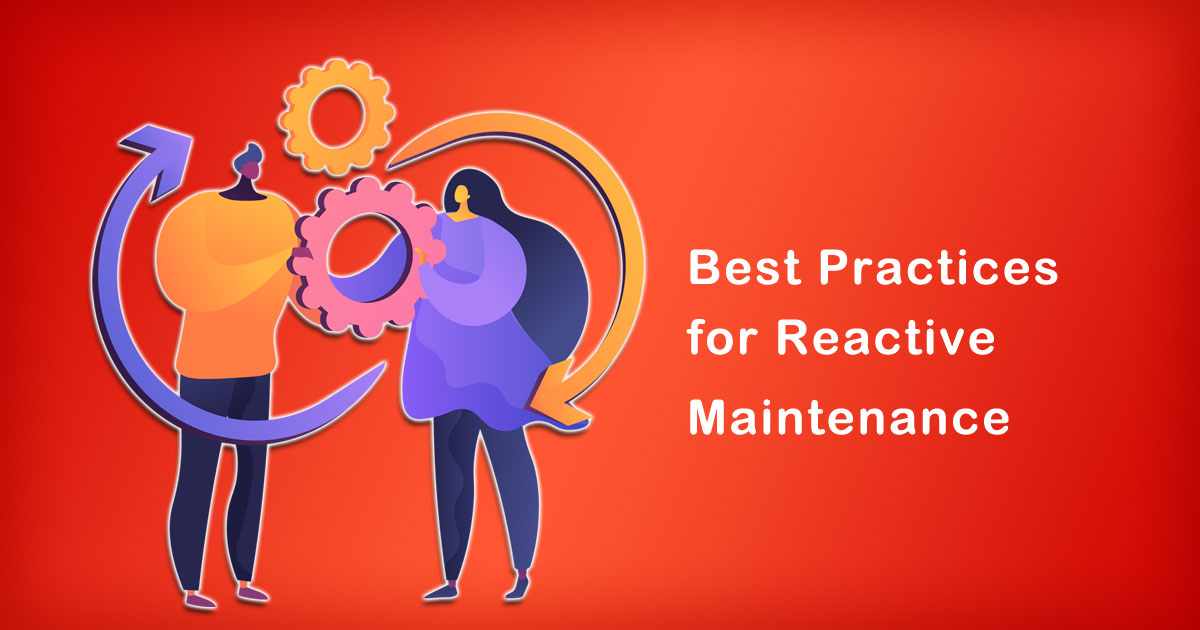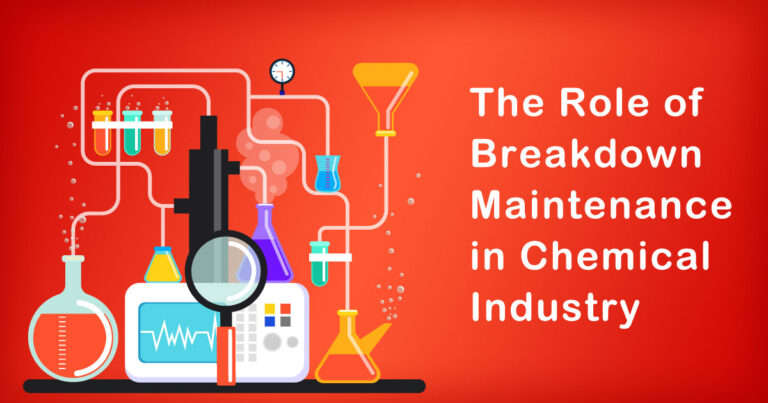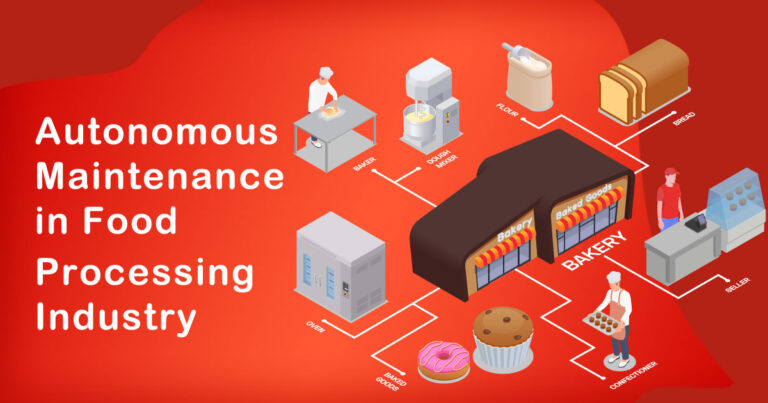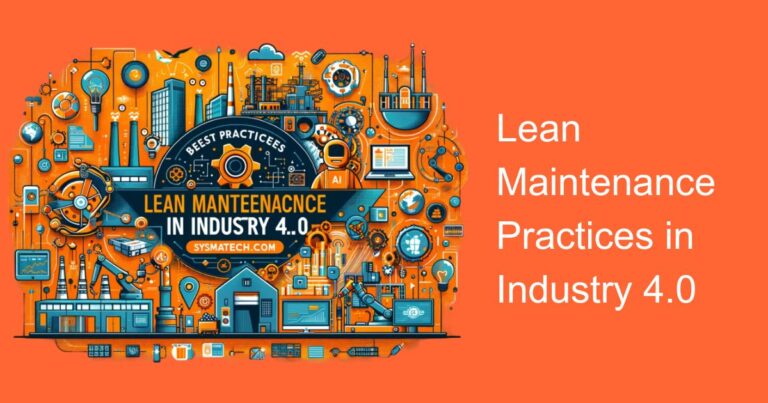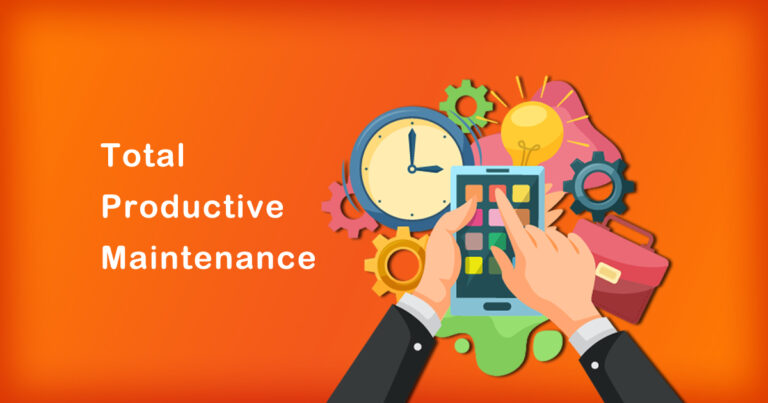Introduction:
Maintenance is a critical component of any industry, and its significance cannot be overstated. Reactive maintenance is a common practice in India, where most organizations wait for equipment or machinery to fail before taking action. This approach can lead to long downtime and higher repair costs, impacting the overall productivity and profitability of an organization. In this blog, we will discuss the best practices for reactive maintenance in India and explore the benefits of proactive maintenance.
The Current State of Reactive Maintenance in India:
In India, reactive maintenance is the most prevalent form of maintenance, as it requires less planning and resources than proactive maintenance. However, the consequences of this approach can be disastrous, leading to unplanned downtime, decreased productivity, and increased maintenance costs. According to a report by the Confederation of Indian Industry (CII), unplanned downtime costs Indian companies an estimated $20 billion per year. The same report also highlights that Indian companies spend around 25% of their maintenance budget on reactive maintenance, which is a significant amount that could be better utilized for preventive maintenance.
Best Practices for Reactive Maintenance in India:
1. Conduct Regular Inspections:
Regular inspections of equipment and machinery can help identify potential issues before they become critical. These inspections can be performed by trained technicians, and they should be documented to track equipment performance over time. This documentation can help identify trends and patterns that can be used to plan for future maintenance activities.
2. Implement Condition Monitoring:
Condition monitoring involves monitoring equipment performance in real-time using sensors and other monitoring tools. This approach can help identify potential issues before they become critical, allowing for proactive maintenance. This can significantly reduce downtime and increase productivity.
3. Prioritize Critical Equipment:
Not all equipment or machinery is equally critical to an organization’s operations. It is essential to prioritize equipment based on its importance and allocate resources accordingly. This approach can ensure that critical equipment is maintained and repaired promptly, reducing the risk of downtime.
4. Use Data Analytics:
Data analytics can be used to analyze maintenance data and identify trends and patterns. This can help predict equipment failures before they occur, allowing for proactive maintenance. This approach can significantly reduce downtime and increase productivity.
5. Train Technicians:
Trained technicians are critical for maintaining equipment and machinery effectively. Organizations should invest in training programs to ensure that technicians are equipped with the necessary skills and knowledge to perform their jobs effectively.
Benefits of Proactive Maintenance:
Proactive maintenance can bring several benefits to an organization, including:
1. Reduced Downtime:
Proactive maintenance can help identify potential issues before they become critical, allowing for timely repairs and reduced downtime.
2. Increased Productivity:
Reduced downtime means increased productivity, as equipment and machinery are available for longer periods.
3. Lower Maintenance Costs:
Proactive maintenance can reduce maintenance costs by preventing major equipment failures, which are often more expensive to repair.
4. Improved Safety:
Proactive maintenance can improve safety by identifying potential safety hazards before they cause accidents.
Conclusion:
In conclusion, reactive maintenance is a prevalent practice in India, but it can lead to significant downtime, decreased productivity, and increased maintenance costs. Implementing best practices such as regular inspections, condition monitoring, prioritizing critical equipment, using data analytics, and training technicians can help improve reactive maintenance. However, proactive maintenance is the ideal approach as it can bring several benefits, including reduced downtime, increased productivity, lower maintenance costs, and improved safety. Organizations should invest in proactive maintenance to ensure that their equipment and machinery are maintained effectively, minimizing downtime and maximizing productivity.


